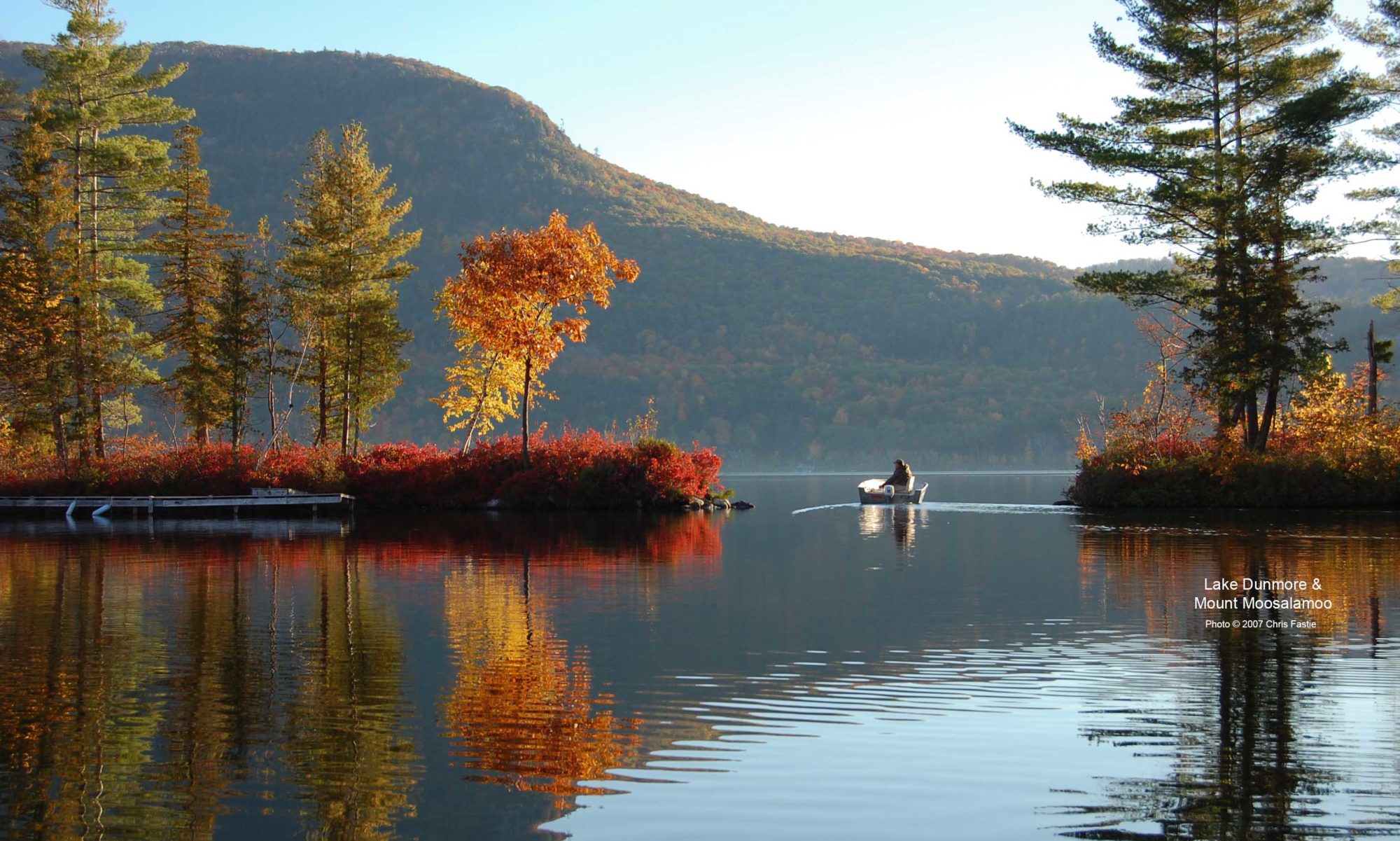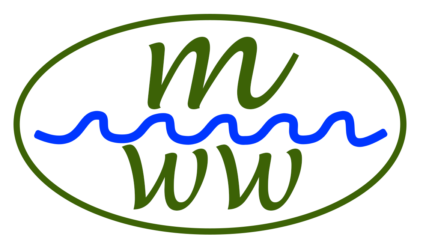At last week’s meeting of the BLSG Board of Trustees, Treasurer and long-time representative from Brandon, Wayne Rausenberger, made a couple of revealing statements.
“I think of the adulticide business as a Band-Aid, and it’s an emergency Band-Aid because we can’t do it the best possible way which is more larvicide work because we don’t have the funds. That to me is what it boils down to.”
This is a sentiment with a long history among BLSG board members and there was no opposition to Rausenberger’s comment at this meeting. It is no secret that roadside spraying of adulticides kills only a portion of the mosquitoes in a narrow swath along roads, for only a couple of hours, has no long-term impact, and happens only once every week or two (details here). Most residents of Salisbury who live on rural roads see little benefit from BLSG’s intermittent roadside spraying.
Most of Salisbury’s residents are more likely to benefit from careful application of bacterial larvicides which prevents the hatching of mosquitoes from their damp breeding areas. Mosquito control with larvicides is required by BLSG’s permit (it’s not integrated pest management unless all the non-toxic steps are completed first). But proper larvicide treatment for the 6000 acres of lowland field and swamp in the BLSG District is expensive. BLSG is guaranteed only $70,000/year from the Agency of Agriculture for the entire larvicide program. A single treatment by helicopter of the District’s 6000 acres of breeding habitat costs between $84,000 and $126,000. That does not include the considerable cost of surveying for mosquito larvae (to determine when and where treatment is required), or the cost of the larvicides, or the overhead costs of making the helicopter treatment possible. Nor does it include repeat treatments throughout the summer – each larvicide application prevents mosquito emergence for just two or three weeks.
The funds provided by the state for BLSG’s larvicide program seem to be less than 25% of what is needed in some years. This under-funding is crippling, and BLSG has little choice but to de-emphasize the larvicide program. As Rausenberger said at the meeting:
“The District is set up to do adulticide, larvicide is kind of secondary the way I see it.”
This is the critical state of the current BLSG — the larvicide program is secondary, but the adulticide program is a Band-Aid. This does not inspire confidence that BLSG can either 1) do justice to its state permits which require integrated pest management or 2) provide anything like effective mosquito control throughout the District.
Yet this year, BLSG is asking Salisbury to contribute 51% more than it did in 2018. There are no new services for Salisbury residents, and no promises that this won’t be the third year in a row that Salisbury receives no aerial larvicide treatment.
BLSG is in the unenviable position of asking Salisbury voters to approve this 51% increase in the cost of services. Those services have questionable value to most residents, and certainly are not worth 51% more than they were two years ago. The reasonable course for Salisbury voters is to reject BLSG’s request and vote no on Article 11 on Tuesday, March 3.

